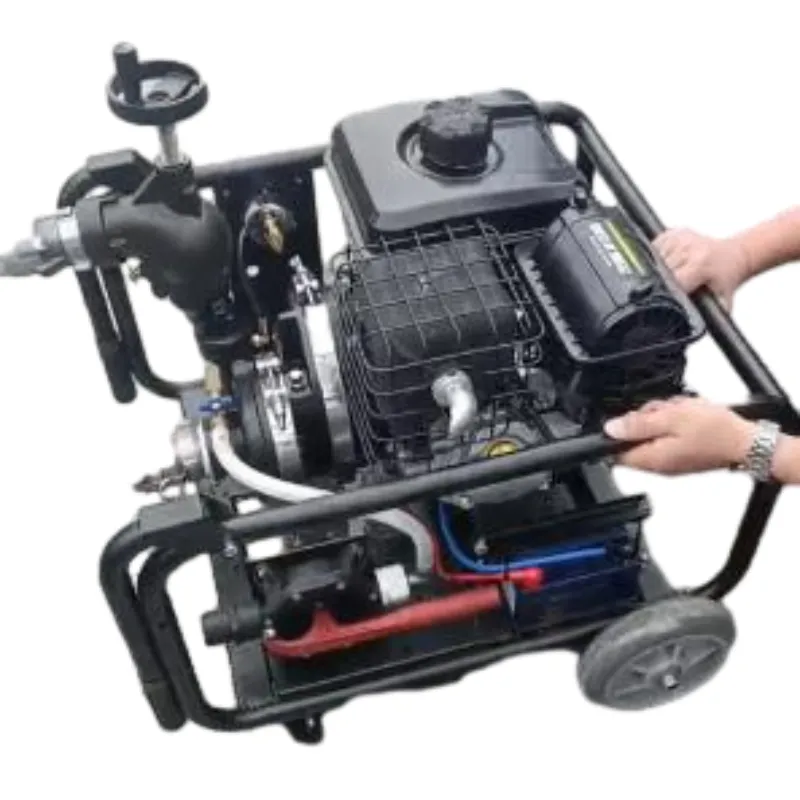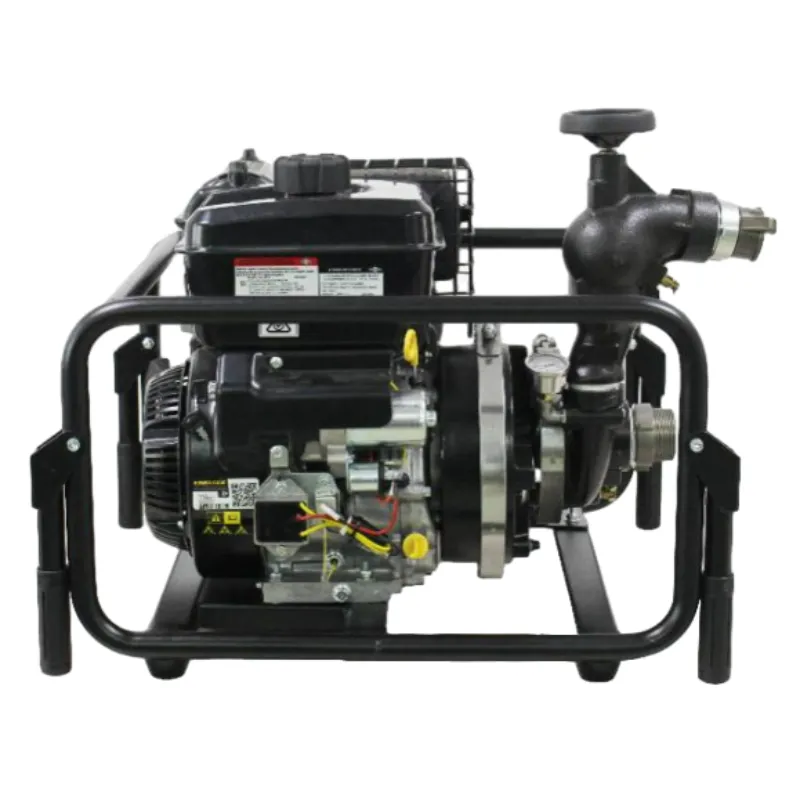

Low-pressure water mist systems, on the other hand, typically operate at pressures below 12 bars. Although they produce larger droplets compared to their high-pressure counterparts, advances in technology have allowed low-pressure systems to effectively cover most scenarios traditionally handled by sprinklers. They present an attractive option when budget constraints are paramount, as they tend to be less costly to install and maintain. Nevertheless, the effectiveness of a low-pressure system might be limited in rapidly developing fires, where quick heat absorption and oxygen displacement are crucial. A comprehensive understanding of the specifics of water mist system pressure involves acknowledging the dynamic interplay between fire suppression effectiveness and system costs. Decision-makers should weigh these factors carefully against the operational environment's specific needs. For instance, high-risk industrial settings might prioritize high-pressure systems for unmatched efficiency, whereas commercial buildings with standard risks could opt for low-pressure alternatives to balance costs with performance. Implementing a water mist system requires engaging with certified professionals adept in tailoring fire suppression solutions to precise building requirements. Experts in the field often emphasize a detailed risk assessment and system design phase. This approach not only ensures that the system meets the necessary regulatory standards but also that it is optimized for the unique challenges presented by each building environment. Moreover, the credibility of water mist systems is bolstered by rigorous testing and certification protocols, ensuring regulatory compliance and reliability in emergency situations. Standards such as the NFPA and FM Global certifications serve as benchmarks for quality and performance, offering peace of mind to building owners and occupants alike. In summary, the aspect of water mist system pressure is a critical determinant in the efficacy and practicality of fire suppression strategies. Whether opting for high-pressure systems that provide superior fire suppression with less water usage or low-pressure solutions offering cost-effective installations, the choice must align with the specific demands of the building environment and the overarching safety objectives. With continued advancements, water mist systems promise to remain at the forefront of sustainable, effective fire protection for years to come.





























